iv. Preface - Ron's Jaw Story
Post #4 of the JawHacks eBook "Fix Your Face"
Disclaimer
Ronald from JawHacks is not a doctor and does not give medical advice. Any materials published on this Substack are for general informational and educational purposes only. They are not intended or implied to serve as medical or therapeutic advice, diagnosis or treatment. Please read the full Disclaimer before proceeding.
Why I Wanted to Expand My Jaws: Chronic Headaches
The heart of my journey from 2014 to present was answering the question of how to expand my jaws safely and effectively.
My reason for seeking jaw expansion was debilitating chronic migraines that handicapped me from age 22 until age 30, when my airway became significantly bigger with the MSE appliance.
In 2014, at age 24, I was living at Metta Forest Monastery in California, meditating eight hours per day. The headaches were terrible, but I had unlimited time to explore my body, mind and environment to find the root cause of the problem.
I had conviction that chronic pain was not the normal state of the human body.
Something had to be wrong. Rather than accepting my diagnosis and adopting a victim status for the rest of my life, I endeavored to identify exactly what natural law I was violating that was triggering the headaches.
In the film World War Z, Dr. Fassbach advises Brad Pitt’s character that the key to curing the disease causing the zombie pandemic is to look for clues left by the virus.
He explains: “Mother Nature is a serial killer. No one’s better. Or more creative. But like all serial killers, she can’t help the urge to want to get caught. What good are all those brilliant crimes if no one takes the credit? So she leaves crumbs. Now the hard part, why you spend a decade in school, is seeing the crumbs.”
The meditation monastery was the perfect environment for seeking and finding the crumbs that would help me solve the riddle of my chronic headaches.
Small Jaws → Nerd Neck → Headaches
There were some key clues that helped me solve the crime.
The first was that my headaches would start as pain in the back of my neck, just below the base of my skull, then spread to the rest of my head and body.
Furthermore, the neck pain was worse after long periods of meditating in lotus posture, during which my neck would lean slightly to one side.
Thus, I realized that the headaches had to do with a kink in my neck posture.
Next, I tried altering my neck posture in meditation to a more neutral position that would not cause neck pain. Using Esther Gokhale’s book 8 Steps to a Pain-Free Back as my guiding light, I sought to elongate my neck, to “un-kink” it.
However, as soon as my conscious attention was taken off my neck, I would immediately relapse into the painful nerd-neck posture. It seemed impossible for me to hold my neck up straight.
But why? This became the million dollar question, and I endeavored to answer it.
While meditating, it occurred to me: as I tried elongating my neck, I felt a tightness in my throat, almost like I was choking.
My brain instinctively pulled me out of the elongated neck posture, back into nerd-neck, in order to re-open my throat so I could breathe more comfortably.
I thought: “Okay, what if I hold my neck straight, but jut my lower jaw forward at the same time in order to breathe better? Does that work?”
And low and behold, it did.
My elongated neck posture became sustainable, but only if I put myself into an underbite with my lower jaw jutting several millimeters in front of my upper jaw.
For weeks after that, I walked around the monastery with a straight neck and a self-imposed underbite, wondering if anyone noticed that I was holding my face funny.
After several months of experimenting like this, I began to think seriously about permanently altering my jaws into this more forward position that allowed me to habituate improved neck posture.
Thus, I was confronted with the question: “how do I make my jaws bigger?”
The journey that ensued would last over ten years, culminating in the writing of this book.
The purpose of this book is to teach you the lessons I learned along the way, helping you achieve your craniofacial health goals as directly and safely as possible, while avoiding the expensive, destructive mistakes I made.
First Failed Attempt to Expand My Jaws: Hard Mewing
The first step I took toward figuring out how to expand my jaws was Googling it.
And believe it or not, in 2014 there was quite a bit of Mewing content already on the internet.
I discovered Dr. William Hang, DDS, a dentist who was famous for re-opening extraction spaces using acrylic orthodontic expanders.
“Gosh, I had premolar extractions when I was a kid” I thought. “Perhaps that has something to do with my problem too?”
Things were starting to click.
Dr. Hang was in Los Angeles, just four hours north of the monastery, so I visited him for my first orthodontic consultation since the 8th grade, when I had my childhood round of extractions and braces.
Dr. Hang and his wife were extraordinarily kind and gracious, and offered to treat me with expansion.
But, being a broke dharma bum, the $14,000 price tag was out of the question. Sadly, I never saw Dr. Hang again, but to this day I wonder, “What if...?”
Then, like many naive newcomers to the space, I took the cheap way out. I committed to trying to Mew my jaws bigger.
For the next two years, while still living at the monastery, I practiced Hard Mewing, which is deliberately pressing the tongue into the roof of the mouth as hard and as often as possible in an attempt to expand facial bone.
This definitely had its benefits. My tongue became stronger, I became a more consistent nose breather, and my facial muscles became more toned.
But my tongue never actually gained more space.
After two years of persistent Hard Mewing, my airway - and neck posture - remained just as damned as before.
Second Failed Attempt to Expand My Jaws: Tooth-borne Expansion
In 2016, after realizing that my Mewing practice had plateaued, and with my headaches still raging, I committed to earning enough money to afford white coat intervention for my problem.
Without wasting a moment, I bought a used vehicle in San Diego, left the monastery and on my way back home to Massachusetts where I planned to get a job and health insurance, I stopped in Aurora, Colorado to see an orthodontist named Kent Lauson.
Dr. Lauson had written a book called Straight Talk About Crooked Teeth in which he discussed different types of removable palatal expanders that he claimed could be used to expand adult patients.
His treatment plan was only $9,000, which was a “bargain” compared to Dr. Hang, or so I thought.
Dr. Lauson treated me with 3-way Schwartz expander, which is a removable piece of acrylic shaped like the roof of your mouth that has jack screws that push the appliance into your teeth in an attempt to expand the jaws.
My understanding was that this was the same appliance, or similar, to what Dr. Hang would use.
In the 10 months that I wore the appliance, I had no improvement of my airway, neck posture or headaches. But I did have lots of soreness around my molars being caused by the thick acrylic appliance pressing into them.
And those same teeth began to tip outward which caused concern.
At the time, I was also seeing an osteopath locally for my headaches, and he insisted that I remove the expanders for good, arguing that they were not achieving any meaningful expansion of my jaws, just tipping my teeth.

I had learned an important lesson: adults cannot achieve safe, substantial expansion of their jaws with appliances that press on the teeth.
With tooth-borne expanders, the teeth budge before the bone, and the final result is much dental change, but no expansion of the actual jaw bones.
I was beginning to lose hope when Dr. Daniel Chow, DDS, who I was seeing in early 2018 for a second opinion about my case, recommended I look into a device called the Maxillary Skeletal Expander (MSE).

Jaw Expansion Success with the Maxillary Skeletal Expander (MSE)
The MSE is a small, metal appliance about the size of your thumbnail that is anchored into the bone at the roof of your mouth with four, centimeter-long screws.
Two of the screws (called TADs, temporary anchorage devices) are placed on the left side of the mid-palatal suture. The other two screws are placed on the right side.
In the middle of the MSE is a jack screw that the patient turns with a small wrench.
The goal is to turn the jack screw until the mid-palatal suture splits, then turn more so as to expand the palate by creating a large gap between the two halves of the maxilla at the mid-palatal suture.
At a glance, the MSE seems to be a harsh, overly aggressive, bone-breaking device. Definitely not what I had in mind when I first embarked on my jaw expansion mission.
I had heard of the MSE months before meeting Dr. Chow, from a patient who had contacted me through my blog. That patient had asked my opinion on the MSE, but I didn’t know much about it and wrote it off as “too invasive.”
I thought it was “too invasive” because at that time, in late 2018 (already four years into my expansion journey!), I was still operating under what I call the “Less Invasive Fallacy.”
The Less Invasive Fallacy is a major pitfall of many newcomers to the jaw expansion space.
It’s the notion that tooth-borne expanders are less invasive, and therefore better, than surgical and bone-anchored approaches to expanding the jaws.
But the opposite is true.
Tooth-borne expanders wreak havoc on the teeth, gums and alveolar bone while appliances like MSE can expand the maxilla much more substantially and with far less harm to the teeth.
MSE seems more invasive, but actually it’s less invasive, and far more effective.
I had already been through failed treatment and was on the ropes. Everyone in my life questioned my sanity when I proposed another round of orthodontics.
“I promise, this is the one that will work!“ I said. Their eyes rolled.
Low and behold, the MSE did actually work. It’s what I had been looking for from the beginning.
In July 2019, Dr. Zubad Newaz placed my MSE, prepping my mid-palatal suture with several micro-perforations made with his dental drill (a procedure known as cortical puncturing).
One week later, after about twenty turns, my suture split and a small gap formed between my two upper front teeth.
This was my first millimeter of bonafide maxillary expansion.
Two months later, after a total of 84 turns, I had achieved ~10mm of maxillary widening.
The increased tongue space was incredible. Walking down 5th Ave in New York City the day my appliance was removed, I commented in a JawHacks vlog that my palate felt “as big as Central Park.”
Having so much new tongue space was an incredible feeling.
And because the roof of the mouth is the same bone as the floor of the nose, I had also achieved a dramatic increase in my nasal volume, and thus much-facilitated nasal breathing.
My left nostril had been constantly stuffed prior to MSE, and now it felt like a wind tunnel.
Life After MSE
I had been tracking my sleep for a while with an app called SnoreLab, which takes an audio recording of your snoring each night.
Following MSE, I had a dramatic drop in snoring, and an immediate subjective experience of feeling better upon waking, and with fewer headaches.
My expanded oral and nasal airways meant I was breathing better at night, and clenching my jaws less.
Within a few months, I noticed a significant drop in pain at the back of my neck, indicating that my neck posture was starting to elongate and decompress with my now-larger airway.
I was beginning to correct the nerd neck posture which all along had been a compensation for my small airway.
In September of 2019, just after finishing my MSE expansion and while still wearing the appliance, I was feeling so good that I decided to start exercising.
I had always been fascinated with barefoot running, and had been wearing minimalist footwear for almost ten years.
But I could never tolerate running with my small airway and compressed neck posture. It would cause headache flare-ups.
With my new MSE gains, I decided to re-visit barefoot running. I bought a used treadmill and endeavored to start slow with a half mile of barefoot running per day.
Right away, I knew it was different this time around. Now I could nasal breathe effortlessly while running, and without neck pain and headaches.

Since September 2019, I have run barefoot five days per week without fail.
Now I run two miles outside with toe-shoes year round, and this habit has sent me into a biochemical upward spiral that feeds positively into every aspect of my life.
After MSE, I was also able to develop a weight lifting habit.
Because of my compressed neck posture caused by my small airway, I could never lift heavy things without triggering headache episodes.
Now, I train with kettlebells and calisthenics at least every other day, all while nasal breathing. This too has been a major boost for my life.
After my successful MSE expansion, I took to JawHacks to share news of my success with the world.
Having documented my failed experience with tooth-borne expansion, I was glad to finally be able to share news of a treatment that actually worked.
MSE is not without its pitfalls, and I make an effort to interview MSE-providing orthodontists who can shed light on how to implement bone-anchored appliances skillfully and without complications.
Have I Considered Double Jaw Surgery?
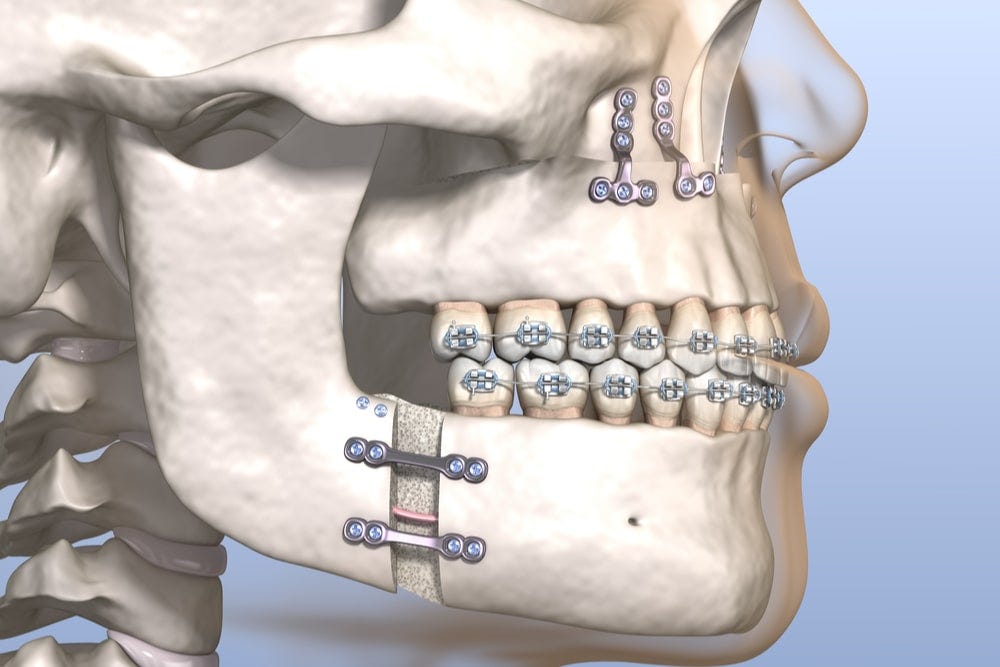
MSE provided me with a dramatic airway improvement and a significant reduction in headaches. But my airway and jaws are by no means perfect.
I still snore sometimes, and often find myself reverting to nerd-neck posture, especially during very strenuous activities.
Once or twice per month I get mild headaches that are easily aborted with a small dose of triptan.
If I were looking to perfect my airway once and for all, the next step would be double jaw surgery, also known as bimax or MMA (maxillomandibular advancement).
MSE is excellent for widening the maxilla in the left/right (i.e. transverse) direction, but it does little for advancing the jaws forward (i.e. the anterior/posterior or A/P direction).
Another key takeaway from my jaw expansion journey is that there is, unfortunately, no elegant way to bring the jaws forward.
There is no suture in the A/P direction that can be split and expanded slowly with a distraction appliance the way that MSE expands the mid-palatal suture left to right.
The only reliable way to address A/P deficiencies is with double jaw surgery, which frighteningly involves invasive cuts above the maxilla (known as a LeFort cut) as well as on either side of the mandible behind the last lower molar (known as BSSO cuts).
Conventionally, doctors and laypeople alike shudder at the prospect of jaw surgery, but in my opinion this is counterproductive.
The dramatic improvement in jaw and airway structure that can be achieved with a skillfully implemented MMA surgery is extraordinary.
And the aesthetic improvement is stunning. A skilled surgeon can turn an ugly patient with weak jaws into a model.
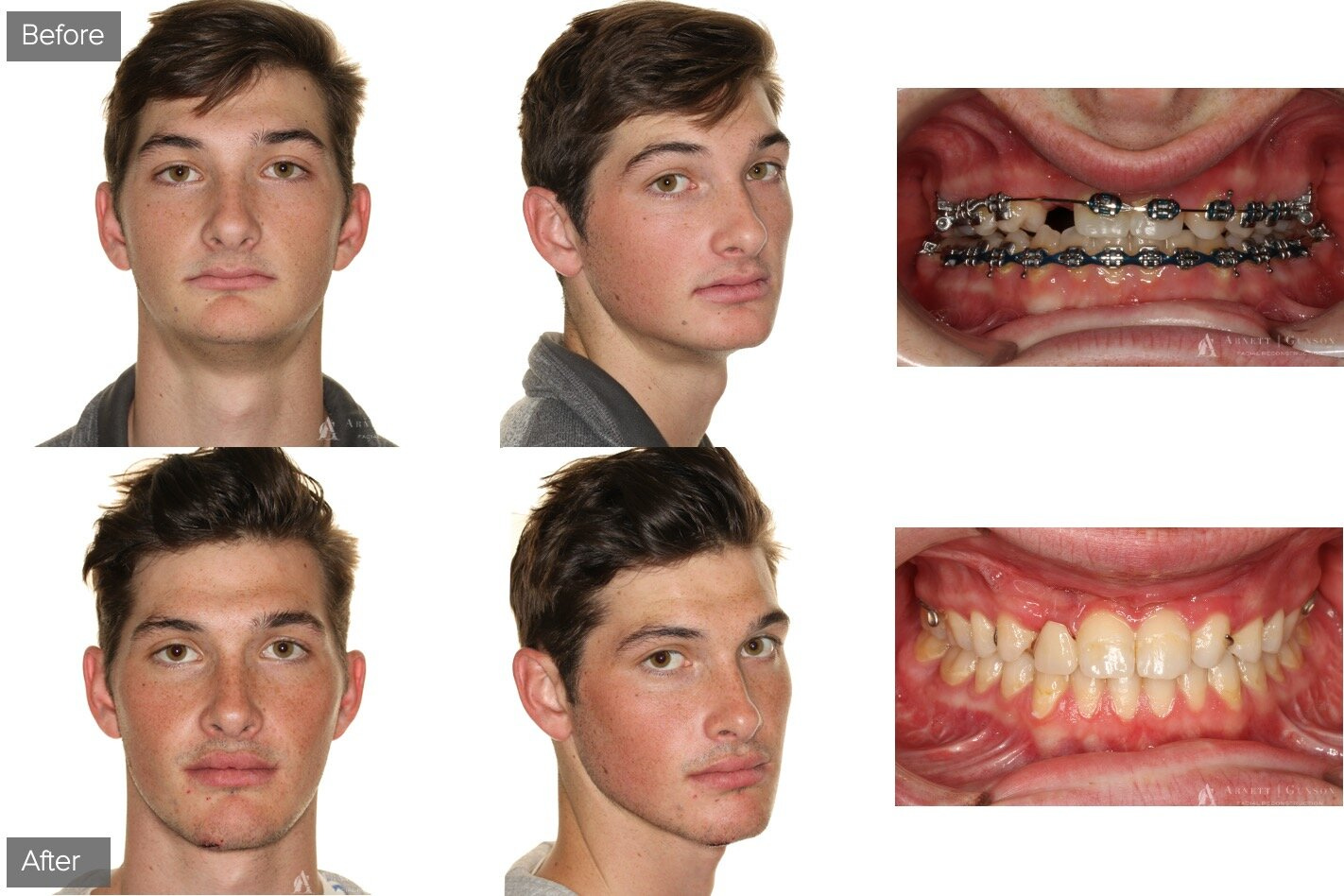
The key to jaw surgery is to ignore cost and location and find the absolute best surgeon possible.
You mitigate the risk of surgical pain and complication by very carefully choosing your jaw surgeon—one that has high respect for the airway, an excellent taste in facial beauty, and a surgical process that reduces risk to near zero.
That’s one of the main goals of JawHacks going forward—to help patients navigate the high-stakes process of understanding and pursuing jaw surgery.
To put a ribbon on top of my own expansion journey, an MMA surgery would be needed.
And if I weren’t so exhausted with all the orthodontics I’ve done for the past 7+ years since 2016, I would strongly consider it.
Will I do it? YTBD.
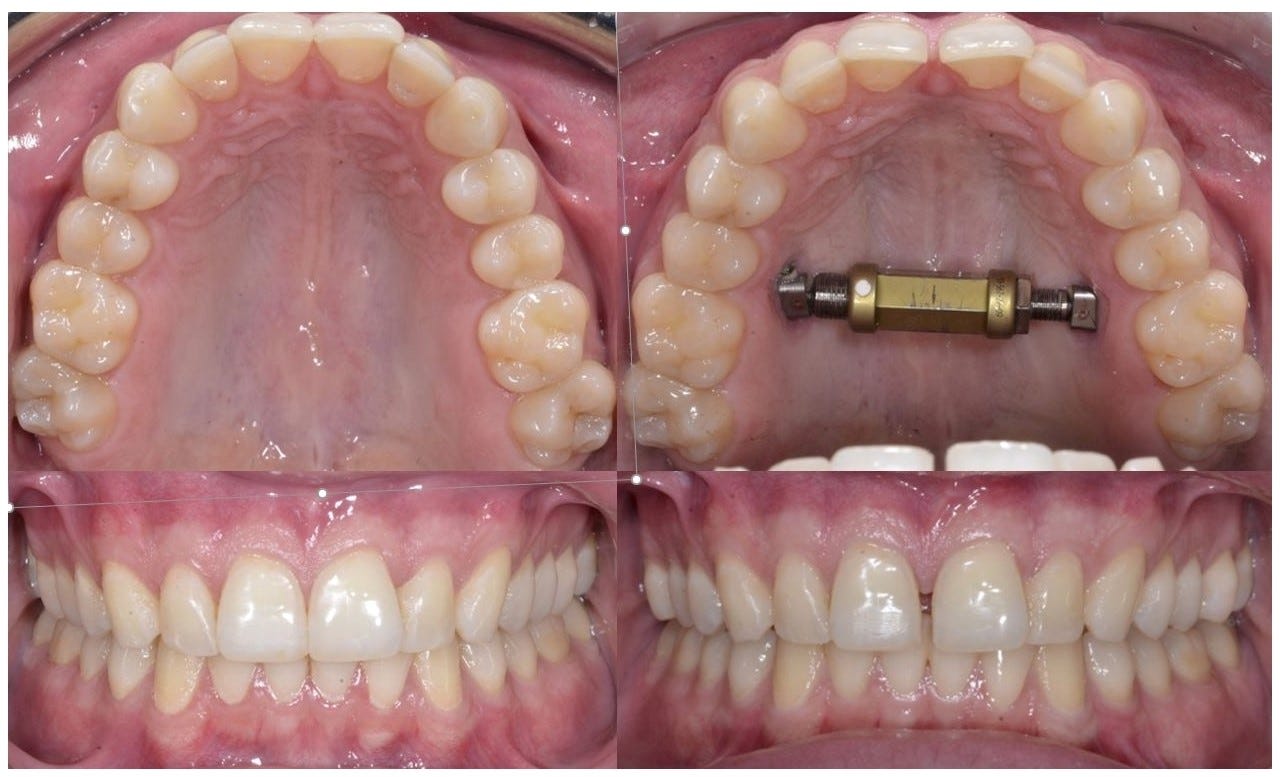
If I could take a time machine back to 2016 and start my journey over knowing what I know now, I would do a nasomaxillary expander like the EASE or MSE, followed by double jaw surgery. But I can’t.
The best I can do is offer this book as a gift to the world so that others can take a more direct path to success than I did.
I hope you will get great benefit from it, achieving all of your jaw expansion goals on the first try.
I pray that you will achieve a healthy airway and the most beautiful face possible, and without the unnecessary cost, pain and suffering that I had to go through to pave the way.
Next Post
Next week, I will post a comprehensive glossary of orthodontic and surgical terms so that readers don’t get lost in JawHacks jargon.
Comments?
What are some of the highlights of your own jaw journey?
What is your motivation for expanding?
Let me know below!








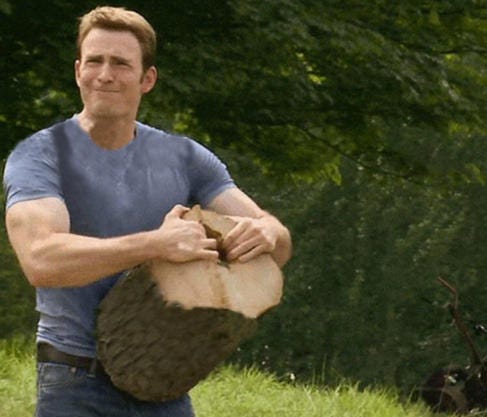



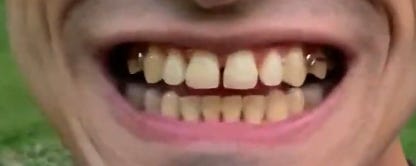
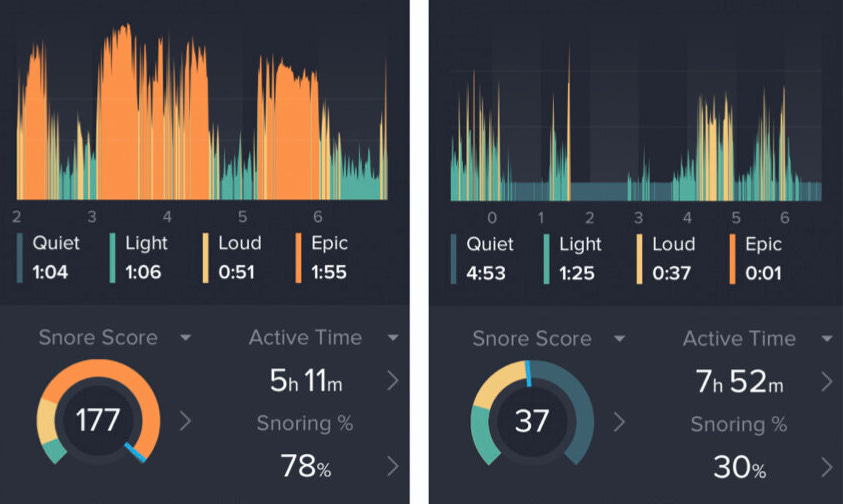

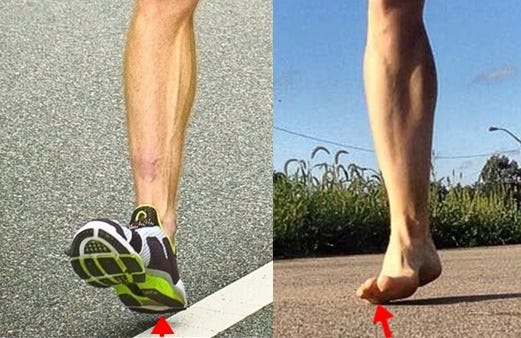


I am in the process to find which procedures and professional would be best for me.
I went to ask if I would be a candidate for MSE. I have a narrow palate and also a small jaw, so there is little space to expand, only 3-4 mm max. Moreover, my bite is good and there is little justification to destroy good oclussion to widen that little bit.
Next step is to find if it is possible to widen my jaw first or at the same time in order to be able to widen the palate. I don't want to do Sharpe and double MMA, as I have flat cheekbones, I worry that would give me a monkey face. MSE would expand laterally my cheekbones.
The problem as you have said, modern jaws are not only recessed posterior/anteriorly, they are small in all three dimensions which is my case, Narrow palate, recessed chin, clockwise rotated jaw.
Thanks for your work Ron
Hi Ron,
Thanks for your story. I have a eustachian problem where I get snap crackle pop in my ears. I believe my eustachian tubes are being pressed against. Had inner ear problems too throughout my life. Trouble breathing through my nose too. Right side of my face looks underdeveloped. You think maxillary expansion might be in order...and possibly DJS...?
Thanks,
Carter